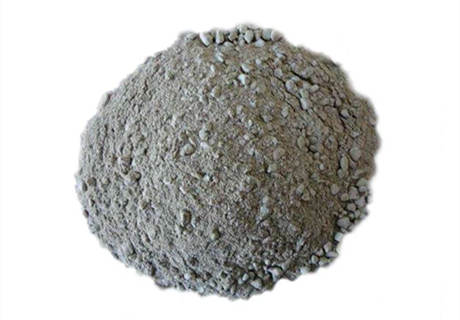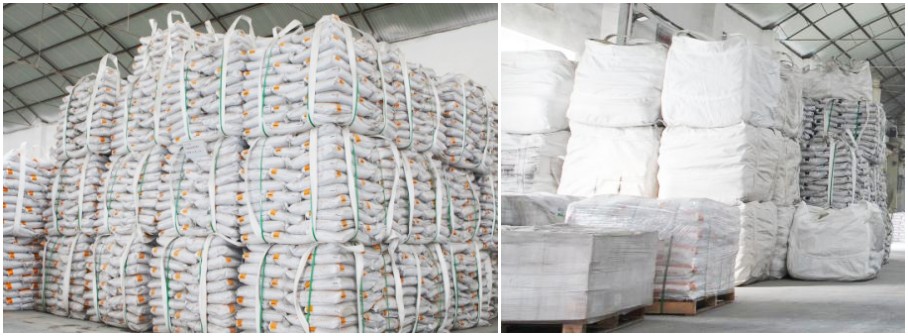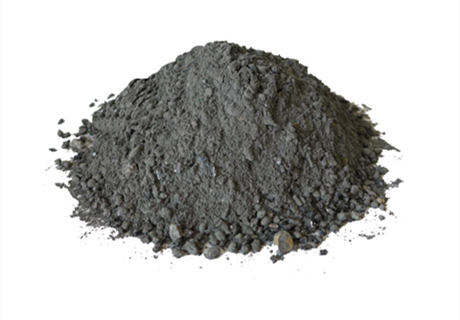
Brief Introduction
Refractory plastic is made of refractory aggregate and powder, raw clay and chemical compound binder and admixture. After being mixed and mixed, extruded into brick shape, packaged and stored for a certain period of time, it still has good plasticity and can be used by tamping method. under construction.
According to the type of refractory aggregate, it can be divided into clay, high alumina, mullite, corundum, chromium, silicon carbide and zirconium-containing refractory plastics. According to the type of binder, it can be divided into refractory plastics combined with aluminum sulfate, phosphoric acid, phosphate, water glass and resin. 
Technical Datas
| Item | Index |
| Bulk density g/cm3 | ≥2.8(110℃,24h) |
| Crushing strength Mpa | ≥80(110℃, 24h) |
| ≥90(1100℃, 5h) | |
| Modulus of rupture Mpa | ≥14(110℃, 24h) |
| ≥18(1120℃, 5h) | |
| Refractoriness ℃ | ≥1730 |
| Thermal shock resistance/ times (900℃, water cooling) | ≥25 |
| Thermal conductivity (w/m·K) | 1.72(350℃) |
| Abrasion resistance | ≤6 |
Application
The plastic refractory has good thermal shock resistance and is easy to construct. It is suitable for various heating furnaces, soaking furnaces, annealing furnaces, hot blast furnaces, etc. It can also be used for furnace covers of small electric arc furnaces and burners of high-temperature furnaces.


